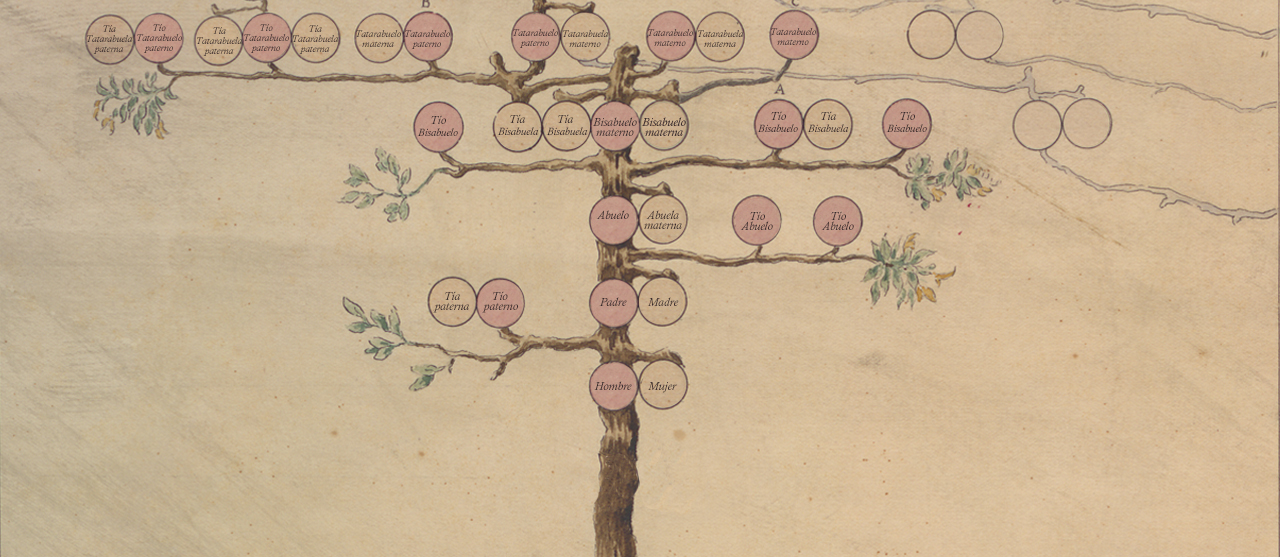The main chapel
A roundabout covered by a vaulted ceiling with coffered ceiling
As in the rest of the church, thus underlining the sense of compositional unity, this rotunda is organised by the architect, Diego de Siloé, by means of three large arches framed by half Corinthian columns - an ancient order to which Renaissance architects gave a resurrectional and triumphal meaning - on which rests an entablature that encircles the entire church, achieving a perfect articulation between the rotunda and the nave. [image 1]
It is covered by a dome or better half of the type that Andrés de Vandelvira's son, Alonso, an architect like his father, in his Libro de traças de cortes de piedra it calls "round chapel for cruisers": a classic coffered vaultwhose obvious reference is the Pantheon in Rome. This vaulting was already required in the first Siloé traces.with an indication of their measurements, but leaving the exact number of coffered ceilings to the discretion of the master stonemason. [image 2]
In Siloé's project of 1536 it is still not defined where the tombs of the founders were to be located, as it is said that they were to be opened "...".three arches, one for the main altar and two for two other altars or tombs.". The tombs were finally placed in a simple and sober crypt under the presbytery.. The large arches were used to house altarpieces, of which the only one from the 16th century is the Transfiguration, the work of Alonso Berruguete. The other altarpieces and sculptures are either from the 17th century, such as the evangelists that house the niches on either side of the High Altar, the only known works by the sculptor Pedro de Zayas, or are the product of the baroque transformation that this area has suffered since the mid-1990s. XVIIIth century.
Eighteenth-century baroque reforms
This last and, in a sense, spectacular interior renovation of the main chapel was carried out by three unmarried sisters by the name of Leonor, Isabella and Balthasara Teresa de los Cobos y LunaBetween 1761 and 1791, the Marquis of Camarasa succeeded the Marquis of Camarasa and, therefore, the blood patronage of the Chapel. In this reform, the following were introduced: the side altarpieces; the baldachin that frames the relief of the Transfiguration by Berruguete, executed by the local artist, carver and gilder, José García de Pantaleón and the apostles of the drum, sculpted by Juan Antonio de Medina in 1770. The drum was also covered with mural paintings and gilded rocailles [fig. 3] and the coffers of the dome - which until then must have been decorated, like the rest of the side chapels, in gold, blue and white - were painted with various figurative motifs, angels, musicians and sacred inscriptions. Finally, the pavements which had been designed by Vandelvira and installed between 1563 and 1568, were replaced by Juan de Morales, from 1778 onwards, with another made of marble from Filabres and Jaén.
Such modernising interventions were not to the taste of Abbé Ponz, secretary of the Royal Academy of Fine Arts of San Fernando, who criticised them on the basis of the new enlightened taste in the volume of his Viage de España which he devoted to Andalusia in 1791.
The restoration of Juan Luis Vassallo
Heavily damaged during the Civil War, all the altarpieces and sculptures of this Main Chapel were restoredbetween 1955 and 1969, first from Seville and then from Madrid, in a workshop acquired for the purpose by the Duke of Medinacelli, by a team led by Juan Luis Vassallo Parodi and made up of Francisco Mohedano Reyes, gilder of many of Seville's Holy Week floats and professor of gilding and modelling at the School of Arts and Crafts in Madrid, and the sculptors Manuel Mazuelos and Manuel Guzmán Rodríguez Doblas.
Related content

